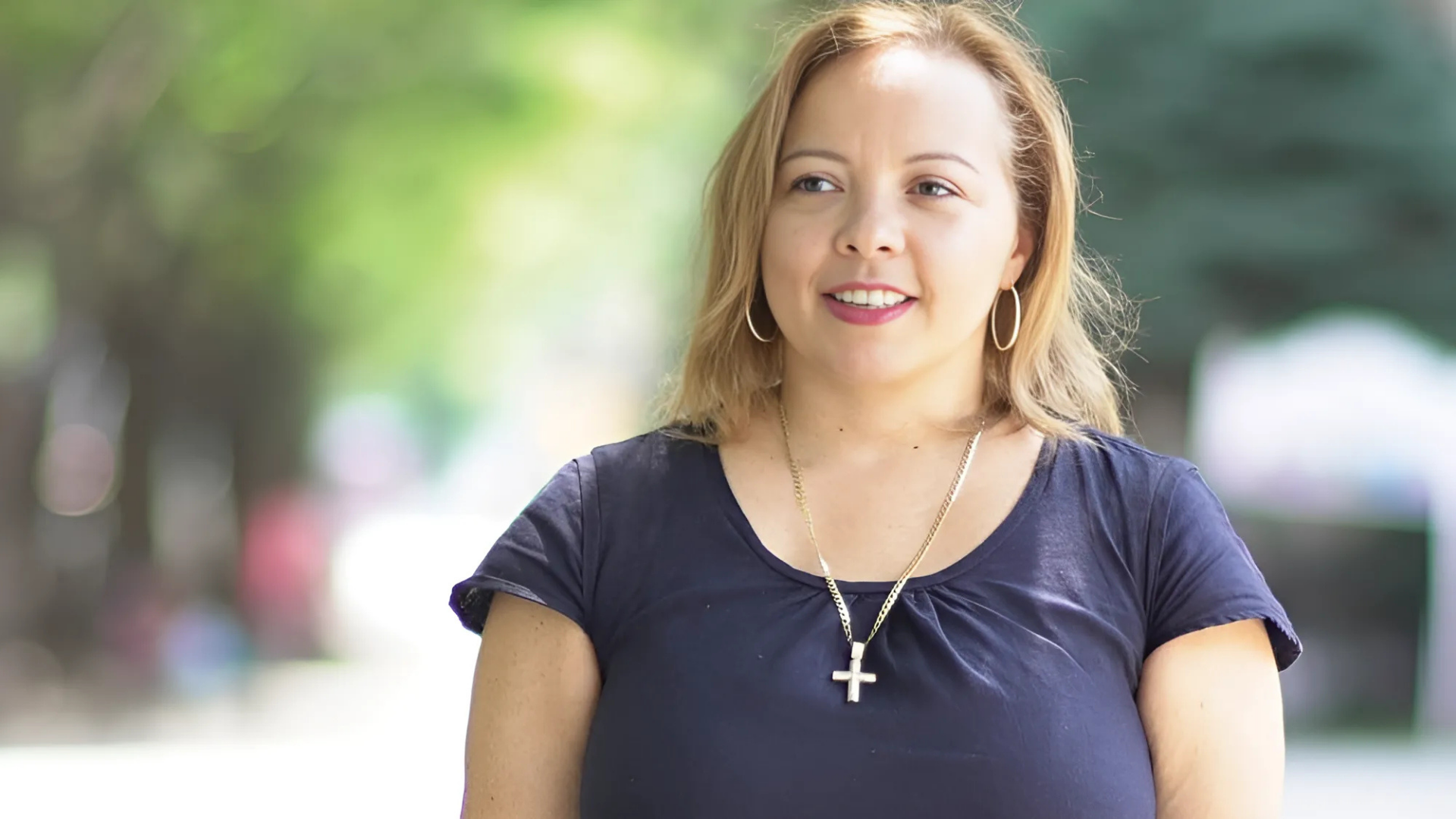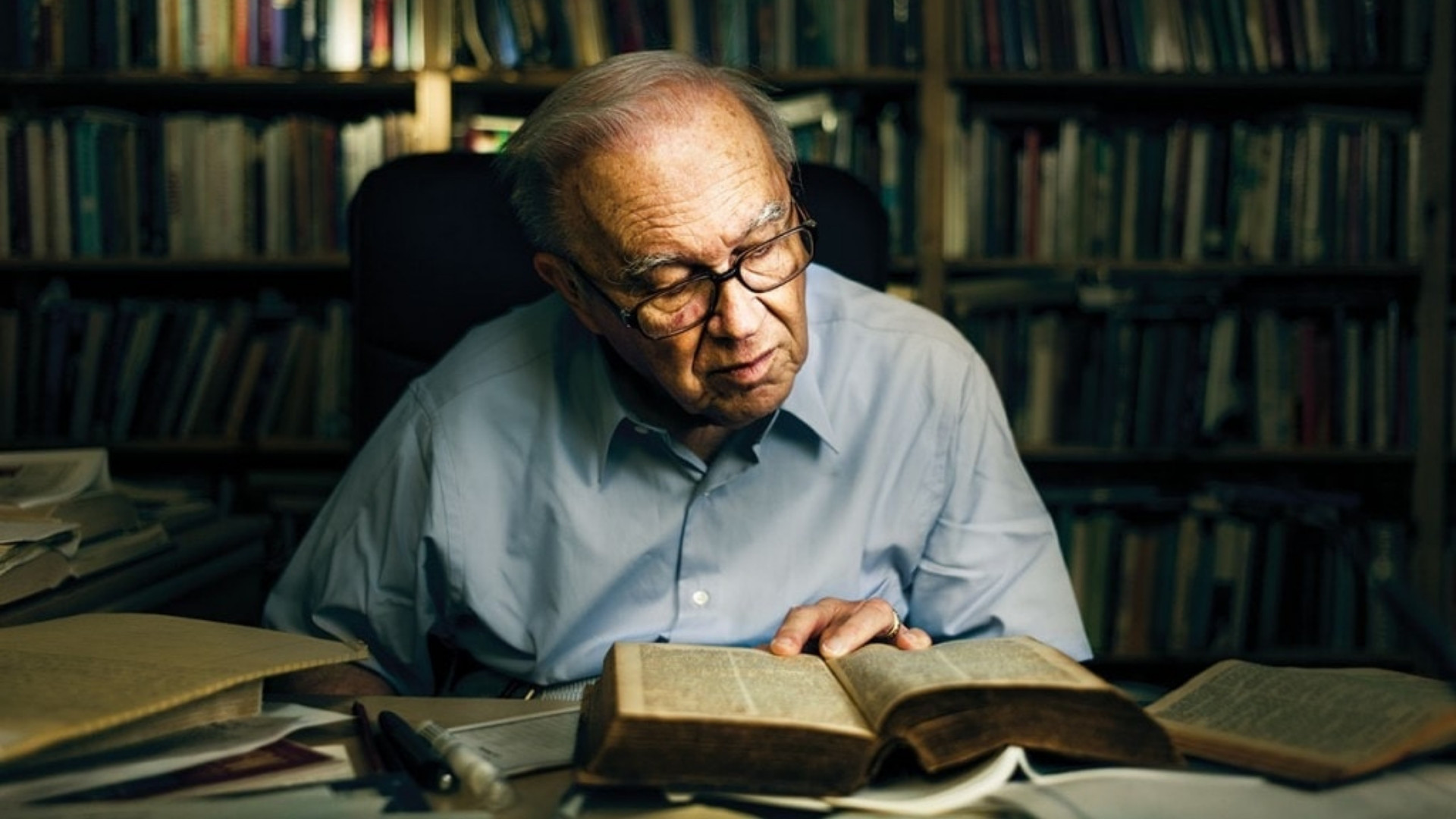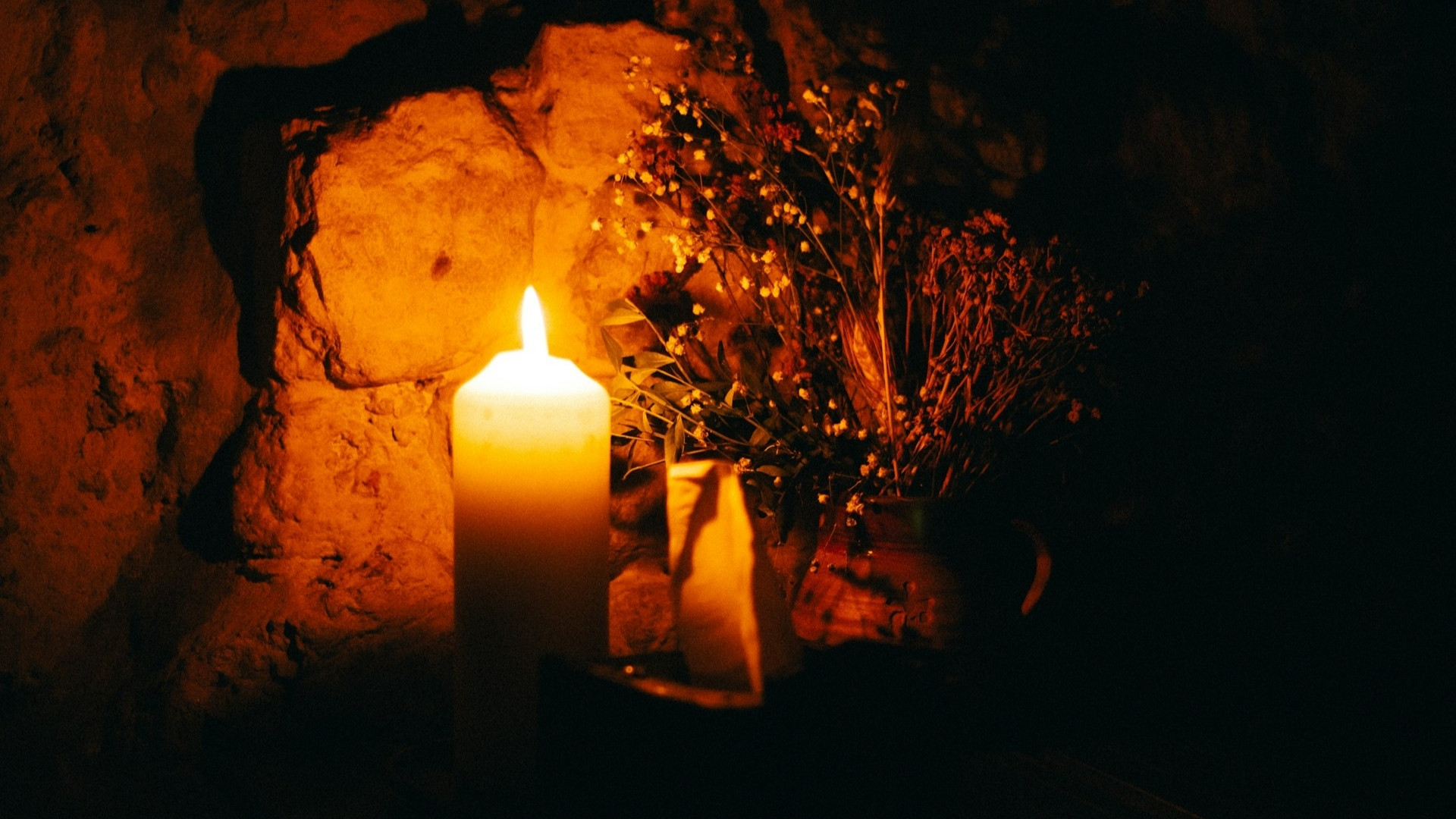Kimberly Wright Shares Her Unique Experience as A Pastor in East Harlem
Interview by Cathy Norman Peterson
Photos by Dominique Pagan
Kimberly Wright is senior pastor of the Church of the Resurrection in East Harlem, also known as “El Barrio” or Spanish Harlem, where she has been serving in ministry for twenty-seven years. Although the church had been established for more than three decades, through a unique set of circumstances, it became a Covenant church plant
and joined the ECC in 2013. The Companion asked her to share her journey into church planting and what it’s like to be a woman in an area of ministry that’s predominantly male.
How did you become a church planter?
My church actually started in 1969. We were an African American and Latino congregation in the United Church of Christ. When I had been serving as associate pastor there for around seventeen years, the senior pastor and I recognized that the building was falling apart and we needed more space. So the decision was made to tear down the building. Just when we agreed to do that, the senior pastor, Rev. Leroy Ricksy died of cancer. The congregation was older and many of them were passing away as well. When we tore our building down, we had twelve or eighteen members and $200 in the bank. We entered into a $12 million construction deal to build a new church and community center. It was a bold leap of faith.
We moved a few blocks away to a temporary space and the old church just kind of disappeared. New people started coming and when we moved into our current building in 2009, it was a congregation of people who had no connection to the past. Only four people were part of the old congregation and all of them were over eighty years old.
I had never heard the term “church planting” before and I didn’t really know what it was. But we had new people, a new building—everything was new—and someone told me I had a church plant. I argued, “What are you talking about? We’re celebrating forty years.”
Yet I soon realized that we were really making a fresh start. A friend talked to me about the Covenant and I started going to cohort meetings for church planters. Once I started thinking of myself as a church planter a lot changed. I felt like I was undoing what I had worked really hard to do—giving them a sense of church identity while keeping something that was half dead alive. I realized I was coming at things backward. People told me, “Oh, that little group of people you have is your core team.” They were giving me language for what we were doing.
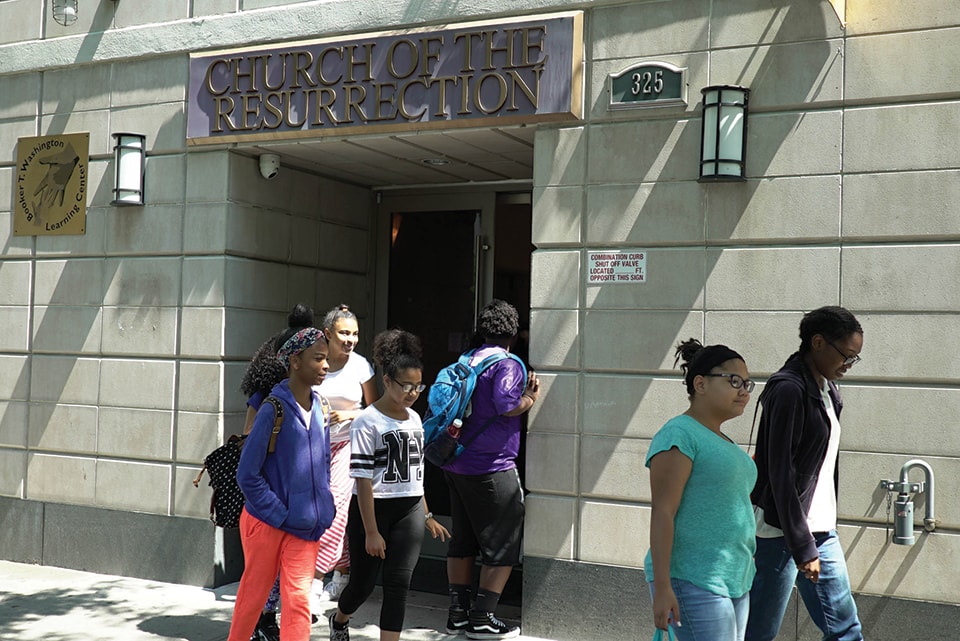
What does ministry look like in your context? Tell us about your congregation.
When we opened the doors in the new building, the demographics of the church began to change. Our church now represents such a variety of people— African Americans, West Indians, Puerto Ricans, Mexicans, Filipinos, and others.
You have to understand the dynamics of the islands—Puerto Ricans, Mexicans, Dominicans, and Haitian people would never normally go to church together. The fact that they’re here and they’re worshiping together is a cultural breakthrough. Even in our diverse community, there is no other church like this.
Our leadership is as diverse as our congregation. Our preaching team is a mix of ethnicities. Our worship team is mixed. That’s not because of some intentional, strategic thing I’ve done—it just happened that way.
For example, our worship leader, who is Spanish-speaking, wanted to learn African American traditional gospel music. He would play a little bit of what he had learned that week and then a bunch of Spanish songs because that’s what he knew. People said, “Hey, you all worship in both English and Spanish.” And we thought, “Yeah, I guess we do.” Now our style is pretty eclectic.
After our service, we have a fellowship meal and anybody can bring food. Almost everyone stays every week. I don’t think it’s just the food. I think it’s that everyone feels welcome to contribute. They feel like their culture is valued and accepted. We are diverse in every way—age, ethnicity, culture, class, and religious background.
Once a month, we have a big community dinner with around 150 people. At 4:00 in the afternoon, we go out into the neighborhood and start handing out invitations. We invite everyone, from the people in homeless shelters to working-class people in the train station. We go out to the basketball court and the playground and invite kids to come inside for dinner. We go to the supermarket so people who are buying groceries can just stop by and eat. And they do.
It’s a very busy working church. We do a lot together. We believe the same and we want the same things, so we work well together. Because of that, I think all people
feel welcomed.
What challenges do you face?
Historically, East Harlem has been an extremely poor Puerto Rican and black neighborhood with a dense concentration of public housing projects. Today, many residents are still very poor, but new buildings are going up in the vacant lots, so we now have a new mix of residents, which also makes it a more transient community. As a result, the community often feels polarized.
When I visit other churches, I hear that their sound guy has a day job producing music. Or one of their trustees is a financial executive on Wall Street. I don’t have that here. Many of our people have a limited education. Our context creates some unique human resources challenges. There is a tremendous need and little help.
Many people are excited about working with the poor, the homeless, the mentally ill—in theory. But the reality of that work isn’t necessarily pretty. You go to jail on behalf of a kid who was arrested, you go to court, then to a hospital. You stop by a shelter and bring somebody food for their kids, then you go to a parent-teacher conference because the parent can’t go and you’re standing in for them. There is little support or appreciation, and little return on your investment. But we are called to love the least of these. While this kind of work does not always fill the church, it does please God.
Our neighbors are constantly in crisis or recovering from crisis. They are living in a constant state of vulnerability—a marriage on the verge of breaking up, a homeless woman about to lose her temporary job, a kid who may not graduate this year because his family can’t afford the support outside of school that he needs. You may have a strong volunteer or leader in the church, then suddenly their kid gets killed, or their husband goes to prison. The rug seems like it’s always being pulled out from under you. Doing good biblical counseling from this place is not easy, and it’s almost impossible to find people qualified to do it. It’s difficult to find people who are ready to stay and be committed for a long period of time.
And money, of course, is always a challenge. When you pastor a poor church with poor people, they can be incredibly generous, but two mites are still only two mites. Jesus appreciates it and I appreciate it but it doesn’t pay the electric bill. Insurance, taxes, payroll, website—everything costs a lot. People may give $6, but it costs $15 to serve them every time they walk through the door.
The cost of benevolence is tremendous. We have outreach programs that run seven days a week. I’m trying to raise money to keep our community outreach going so that everybody can eat and be warm. I don’t want to send anybody away just saying, “Be warm and be filled.”
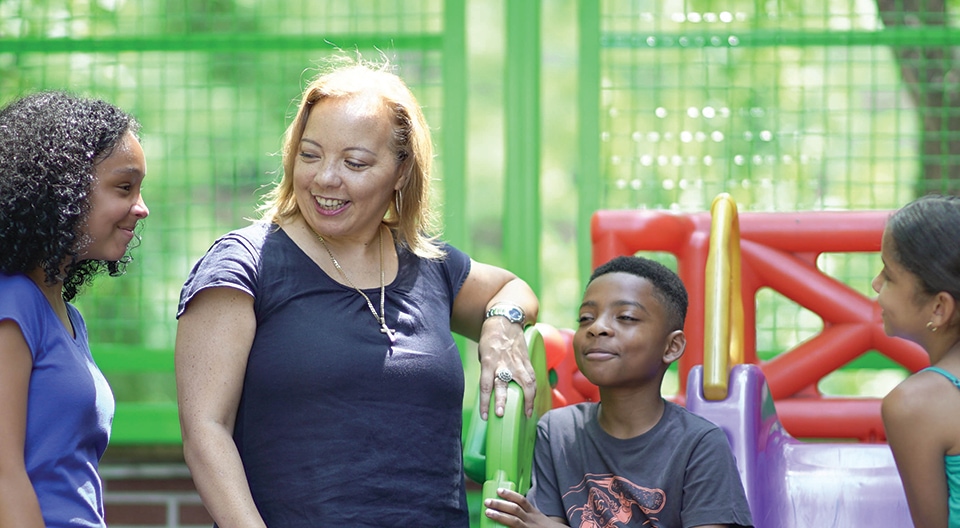
What’s your experience as a woman church planter?
In my experience, people don’t normally or naturally want to follow a woman leader. That may be for cultural or subconscious reasons. And that’s no different in the church. We don’t turn off our instincts.
My assistant pastor is male. Often people call me “Kim” and address him as “Pastor.” Sometimes when people walk in the door, they walk past me and go right to him—they assume he’s the pastor.
Sometimes people challenge me more than they question men in leadership. They expect me to lead and also to serve. Even women struggle with my authority. I have learned that it is because they often struggle with their own.
Since I became a pastor, I have learned to appreciate other women in ministry. I try to listen to other women preach whenever I can so I can hear their voices and be more confident in my own. I read everything I can by women writers, especially theologians and African American women in ministry. There aren’t a lot of role models for us, and many of us feel isolated. Often at leadership events I’m the only woman in the room. That’s a lonely place to be.
How can the church nurture more women to become church planters?
Planting a church is a unique calling, so I never want to act like it’s something we can force onto other people. I don’t wish this on anyone else who isn’t called.
I grew up Apostolic, which is the most conservative kind of Pentecostal you can be, so I did not believe women should be in ministry. I had to unlearn so much. I had to wrestle with God for a long time before I stepped into a leadership role at church. If my pastor hadn’t affirmed me as a leader, encouraging and equipping me, I wouldn’t be doing this.
I don’t know about white churches, but in black and Spanish churches, little boys are often told, “You’re going to grow up to be a great leader. You’re going to be a man of valor. You will pastor people. You will lead.” That message speaks life into them, setting them up for the possibility of leadership. Little girls and young women need to hear a similar message—that God may call them into something great. And then if God calls, a new generation of women can go boldly before the throne and allow God to use them however he wants. Women need support, education, and opportunity, just as men do. Then successful leadership is possible.


